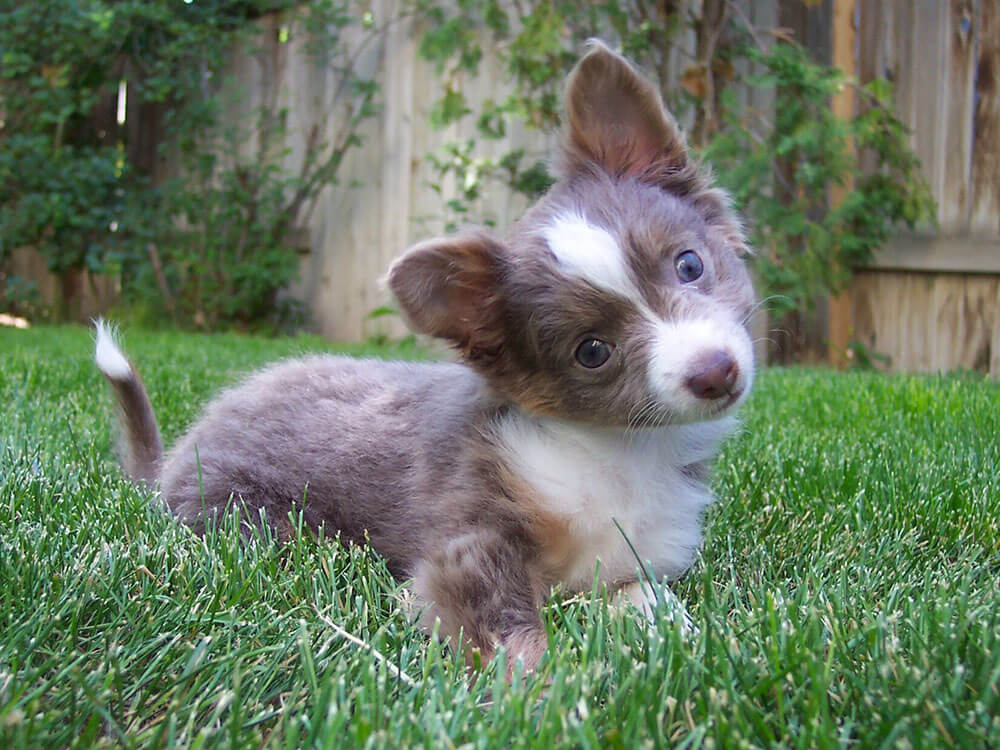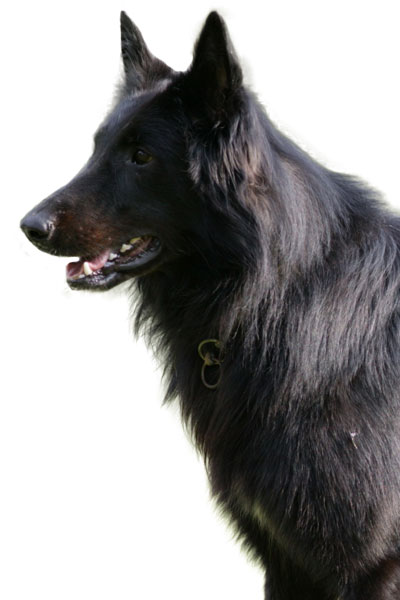Not the breed you're looking for?
Click Here
Featured Story

The Teacup Chihuahua, while distinct in its petite size, is not a separate breed from the standard Chihuahua that has been beloved by dog enthusiasts … [Read More...]
The Belgian shepherd dog originated in Belgium and was bred as a working dog. The BSD comes in four varieties: the Tervuren, Groenendael, Malinois, and Laekenois. This dog breed is extremely intelligent and known to form a strong bond with owners. It makes a great family pet and companion because of its loyal and kind nature. The Belgian shepherd is medium-size dog and stands at 56–66 centimetres at the withers and weighs 45–65 pounds. Most BSDs live to at least twelve years and some beyond fourteen years. Today, it is highly utilised as assistance, search, and rescue dog.
Are you ready to own a Belgian shepherd dog? Here's a brief background on this highly intelligent and alert dog breed.
The Belgian shepherd is a native of Belgium and dates back in the 1800s when Europe, including Belgium, desired to have a national dog breed for their homeland. Thus, on 29th September 1891, the Belgian Shepherd Dog Club was formed.
It was later in November 1891 when Professor Adolph Reul of the Curegham Veterinary Medical school, together with other shepherd-dog fanciers, gathered specimens of shepherd dogs around the area in Tervuren, Groenendael, Mechelen, and Laeken in Belgium.
Belgian breeders agree that this dog breed must conform to common talents required for a first-class herd dog except for its coat. The four breeds of shepherd dogs we have today are the four varieties of coat named for each area where the specific coat was favoured.
The Belgian shepherd dog is a medium to large dog and comes in four varieties that differ mainly in their coats. The Malinois has a short, coarse coat and mahogany-coloured. The Groenendael has relatively long hair. The Laekenois has wiry, short, and overall fawn-coloured hair intermixed white hairs. The Tervueren has thicker, long coat longer than the Groenendael. They all sport double coats where the undercoat is very dense and the topcoat is profused with hair.
Other than their coats, the four varieties of BSD breeds have similar appearance and structure. They have long and finely chiselled heads. Foreheads are domed-shape, muzzles are square-cut and moderately long, and black noses have flared nostrils. Their eyes are almond-shaped and the mouth is firm and well-pigmented, supported with strong jaws. Their height from the ground to the withers is equal to its length (tail not included).
Grooming-wise, Belgian shepherds are high-maintenance when it comes to their coat. Since they have profuse undercoats, a weekly brushing is essential. Spring and autumn require more frequent brushing since at these times of the year, they tend to shed more.
Other grooming requirements include teeth and nails. Brush the BSD's teeth twice or thrice a week to remove tartar and prevent gum disease and bad breath. Regularly trim nails to keep their feet in excellent condition. As you groom, look for signs of infection such as redness, unusual warmth, and tenderness. If you find anything that is not normal, consult a veterinarian.
Being a working dog, the Belgian shepherd is excellent at herding and guarding flocks. It has a job to do, so it is essential that its intelligence and energy are spent on high-level activities. It is not ideal for owners with a laid-back and sedentary lifestyle. Socialisation is crucial to avoid bad habits, as the BSD is quick to learn things both good and bad. It loves to be around people and must not be left alone for any length of time, or it can become bored and destructive.
The Belgian is not so friendly around new people but not to the point of showing aggressive behaviour. It likes to observe in the distance until it gets to know them. This aloof and watchful behaviour is natural as it is bred to protect.
The Belgian shepherd is devoted to its family including the children. It loves to play a lot of interactive games with the children; however, this must be supervised. Active dog breeds often get rough during play and may unintentionally knock over smaller kids. A Belgian can live well with cats and other pets in the household, as long as they grow up together.
A typical serving for an adult Belgian shepherd is two to three cups of the best-quality dry dog food per day. This should be divided into two meals to avoid bloating. Not all Belgian dogs require the same amount of food as calorie requirement will differ based on their size, activity level, and build. Consult with a veterinarian, if you're not sure about feeding frequency and the amount of food to feed your Belgian shepherd.
Typical calorie needs of an adult Belgian shepherd per day:
Some Belgians tend to put on some weight after being spayed or neutered or when they become older despite being an active breed. A balanced diet for an adult Belgian can be a mix of canned food, broth or water, cooked eggs, fruits, and vegetables.
The average lifespan of a BSD is between twelve and fourteen years. It is important to visit the veterinarian for a complete assessment, vaccinations, and heartworm screening annually. Although the Belgian is generally healthy, it is also predisposed to health disorders. These include but are not limited to hip and elbow dysplasia, eye problems, epilepsy, dermatitis, and gastric disorders such as bloat.
The Belgian dog is always in motion and has a strong desire to work. Consistent and regular exercise is needed for at least sixty to eighty minutes a day, including interactive games. You can also enrol your Belgian to agility or obedience class. Small apartments are not ideal for the Belgian as it needs a space to roam around, preferably in a fenced-in back garden or yard.
A Belgian shepherd puppy costs anywhere from £500 to £650. Expect to pay significantly more if it's a well-bred pedigree puppy from a KC-registered breeder. On top of the purchase price, prepare to spend on dog supplies and equipment (e.g. dog leashes, bowls, collars, and beds).
Belgian shepherds are high maintenance dogs because of their coat, so grooming may cost you more than other dogs of similar size. Other expenses include vet check-ups, vaccinations, and boosters, which can reach £1,000 per year. Pet insurance premium is £20 a month for basic policy whilst a lifetime policy will cost you £40 a month.

Are you sure the Belgian Shepherd Dog is the best breed for you? Take the Pet Breed Selector Quiz to find your perfect breed match.
Dog Breed Selector QuizStill having doubts about getting a Belgian shepherd? Try our Pet Finder to help you decide which dog breed is best for you.